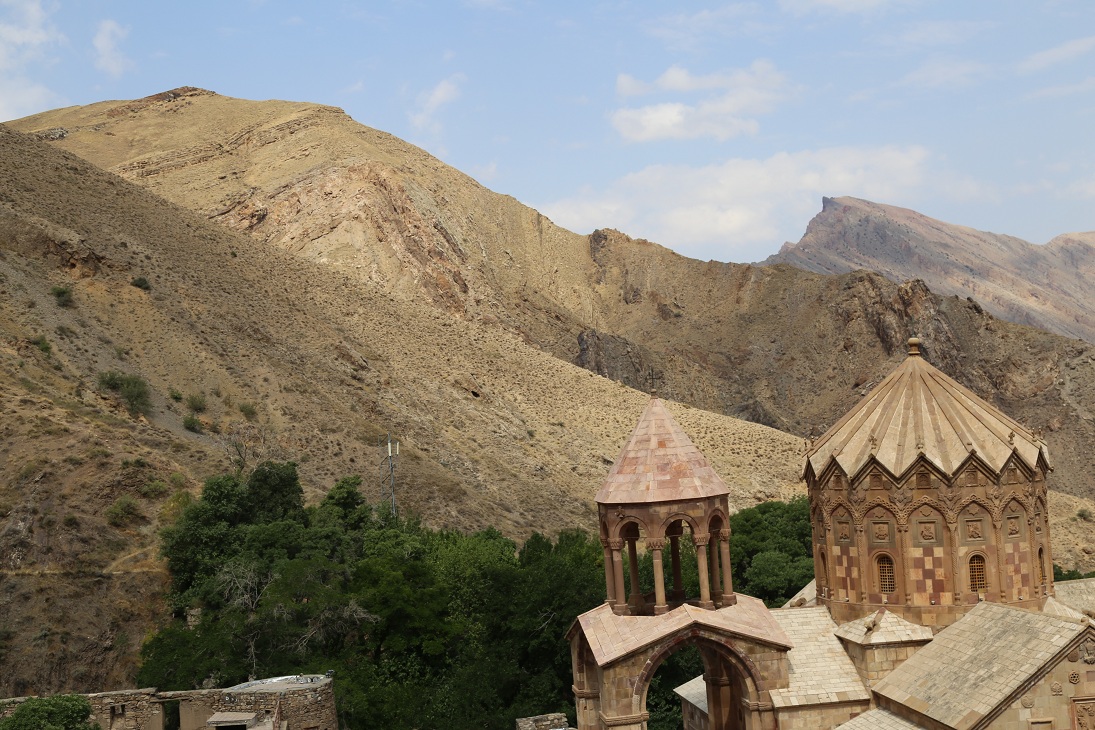ژئوسایت سنت استپانوس

کلیسای سنت استپانوس یکی از مهمترین آثار فرهنگی ملی ایران است که به دلیل قدمت، اهمیت مذهبی و شیوه معماری منحصربهفرد، در فهرست میراث جهانی یونسکو نیز به ثبت رسیده است. این کلیسا، در میان دژی استوار ساخته شده و بعد از قره کلیسا به عنوان دومین کلیسای مهم ارامنه ایران شناخته میشود. در پیرامون این کلیسا پدیدههای زمینشناختی بسیار زیبایی از جمله چینخوردگیها و گسل قابل مشاهده است.
سن کوههای شمالی آن به سن دونین پسین (383 ـ 359 میلیون سال قبل) و کوههای جنوبی و شرقی کلیسا پرمین میانی ـ پسین (270 -251 میلیون سال قبل) هستند. کلیسای سنت استپانوس در میان کوهها و در محوطهای سرسبز از سنگهای صورتی، سرخ و سفید ساخته شده است. در سنگهایی که در ساخت پیادهروها و دیوارههای سنگی پیرامون کلیسا استفاده شده است، طیف گستردهای از آثار فسیلی (همانند آثار شیاری، فلوت کَست و ریپل مارک) وجود دارند که با توجه به شناسایی و مطالعات صورت گرفته در این منطقه متعلق به دوره ائوسن (9/33 تا 56 میلیون سال پیش) هستند.

